Nearly one in two people suffer from dandruff! However, it can be easily eradicated with the right hair care routine. At LAO, we'll explain everything you need to know to get rid of it.
If you want to find the best care routine for your hair, don't hesitate to take our online diagnosis :
Introduction to Anti-Dandruff Shampoo
What is an anti-dandruff shampoo?
An anti-dandruff shampoo is a shampoo specifically designed to combat excessive cell turnover of the scalp.
In fact, normally, every two weeks, the cells of the scalp regenerate naturally and are eliminated in the form of tiny scales invisible to the eye.
However, it often happens that this renewal is too rapid, uncontrolled and leads to the accumulation of dead cells (which are clearly visible): this is what we call dandruff!
Why use an anti-dandruff shampoo?
Itching, discomfort, the feeling of looking “dirty” and unkempt… Dandruff often makes life difficult for those affected by it!
However, in the vast majority of cases, they can be easily eradicated using a suitable shampoo.
Anti-dandruff shampoos have been specially designed to treat the problem and contain numerous active ingredients known to get rid of these unsightly little bits of skin.

How does an anti-dandruff shampoo work?
Key ingredients and their action
In general, anti-dandruff shampoos are composed of:
- Antifungal active ingredients such as zinc or salicylic acid, which help fight the proliferation of certain fungi such as Malassezia, which causes dandruff in certain cases;
- Anti-proliferative active ingredients which act against the excessive multiplication of epidermal cells in the scalp;
- Anti-inflammatory and soothing active ingredients that help combat redness and itching of the scalp.
However, not all anti-dandruff shampoos are suitable for your situation!
It's a little-known fact that there are several types of dandruff. And different types of dandruff mean choosing different anti-dandruff shampoos depending on your situation.
Choosing the Right Shampoo for Your Hair Type
There is dry dandruff. It is fine and easily falls onto your shoulders like a trail of dust. Found on dry scalps, it is due to dehydration and irritation and can be accompanied by redness and itching.
There is oily dandruff. Much larger, grouped together in patches, they stick to your hair. They are found on oily hair where excess sebum promotes the growth of yeasts of the Malassezia genus. These yeasts induce inflammation and accelerate cell renewal, which causes dandruff.
When this phenomenon is very severe, it can be a disease called seborrheic dermatitis. We tell you more about it in this article
Therefore, dry dandruff and oily dandruff will not be treated in the same way.
The Best Anti-Dandruff Shampoos on the Market
Anti-dandruff shampoos for oily scalp
For oily dandruff, we recommend using an anti-dandruff shampoo specifically for oily hair.
It will often be composed of antifungal active ingredients (to fight against the proliferation of yeasts), keratolytic active ingredients (to loosen and eliminate dead cells from the scalp), anti-inflammatory active ingredients (to limit redness and itching) and active ingredients to absorb excess sebum on the surface.

Anti-dandruff shampoos for dry hair
To treat dry dandruff, opt for anti-dandruff shampoos for dry scalp.
They combine keratolytic active ingredients (to soothe the scalp) with antifungal active ingredients (to reduce surface yeast). They are also often composed of moisturizing ingredients to reduce dryness and irritation of the scalp.

Plant-based options (plant powders)
You can also use plant-based treatments such as organic natural plant powders.
Made with herbal and plant extracts such as aloe vera, brahmi, and ashwagandha, these powders reduce inflammation, regulate excess sebum, and fight the fungi and bacteria responsible for dandruff.
Use as a treatment!
Use and application tips
How to use your anti-dandruff shampoo correctly?
Before getting into the shower, we recommend gently brushing your hair. This will help remove any dust or leftover styling products.
Next, wet your hair and apply a few small amounts of anti-dandruff shampoo to your moistened hands. This will make it easier to distribute the shampoo throughout your scalp.
Apply the shampoo to your entire scalp. Use your fingers (not your nails) to gently massage your scalp.
Rinse thoroughly.
Then proceed with a second application of the shampoo using the same method.
Leave on for a few minutes then rinse.
Wring out (always gently) your hair.
You get it, the key word is gentleness!
Frequency and quantity of use
Medicated anti-dandruff products are not intended for year-round use. Initially, to reduce or even eliminate dandruff, we recommend applying your anti-dandruff shampoo several times a week.
However, once the situation has stabilized and you have almost no dandruff left, return to using a mild shampoo that is always suitable for your hair type.
For oily hair, we recommend LAO Care's purifying nettle shampoo.
For dry hair, we recommend LAO Care Nourishing Hemp Shampoo.
In fact, 79% of LAO Care product testers noticed a significant reduction in their dandruff!
You can alternate occasionally with your medicated anti-dandruff shampoo to avoid any recurrence but not too often at the risk of damaging your scalp.

Understanding and Treating Dandruff
Causes of dandruff
There are various factors, more or less easy to control, which promote the appearance of dandruff: stress, poor diet, hormonal imbalance, aggressive hair care, alcohol consumption, pollution or even climatic conditions...
Dandruff can also occur as part of conditions such as psoriasis or seborrheic dermatitis. To learn more about seborrheic dermatitis click here .
Complementary treatments
If your symptoms are very severe, it may be helpful to use complementary treatments, such as antifungal creams or lotions.
Beforehand, we recommend consulting a dermatologist. They will be able to advise you on the best anti-dandruff treatment to use, one that's 100% tailored to your situation.

Conclusion and personal recommendations
In conclusion, to get rid of your dandruff, we recommend identifying your dandruff type and then choosing a medicated anti-dandruff shampoo that's tailored to it. Once the condition has stabilized, we recommend returning to using a regular shampoo, preferably a gentle, natural one that will preserve the health of your scalp. Finally, if your symptoms are very severe, consult a dermatologist.
If you want to find the most suitable care routine for your hair, don't hesitate to do our online diagnosis
What is the best shampoo for dandruff?
LAO Care's natural and gentle shampoos significantly reduce dandruff. Choose the nourishing formula if you have dry hair and the purifying formula if you have oily hair.
Why use an anti-dandruff shampoo?
Anti-dandruff shampoos contain active ingredients designed to combat excessive scalp cell turnover, which causes dandruff. Their antifungal, antiproliferative, and anti-inflammatory properties help eradicate dandruff.
Why do I have dandruff in my hair?
Dandruff is caused by excessive and abnormal cell regeneration of the scalp. This can be caused by various factors such as lifestyle, hormonal imbalance, pollution, climatic conditions, or even diseases such as seborrheic dermatitis or psoriasis.
How to remove dandruff from hair?
To eliminate dandruff, choose an anti-dandruff shampoo that's suitable for your type of dandruff (oily or dry). Apply your shampoo gently, slowly massaging it into your scalp. Alternate with a mild shampoo to avoid irritating your scalp once the condition has stabilized.
Sources:
Luis J. Borda & Tongyu C. Wikramanayake, Seborrheic Dermatitis and Dandruff: A Comprehensive Review (2015)

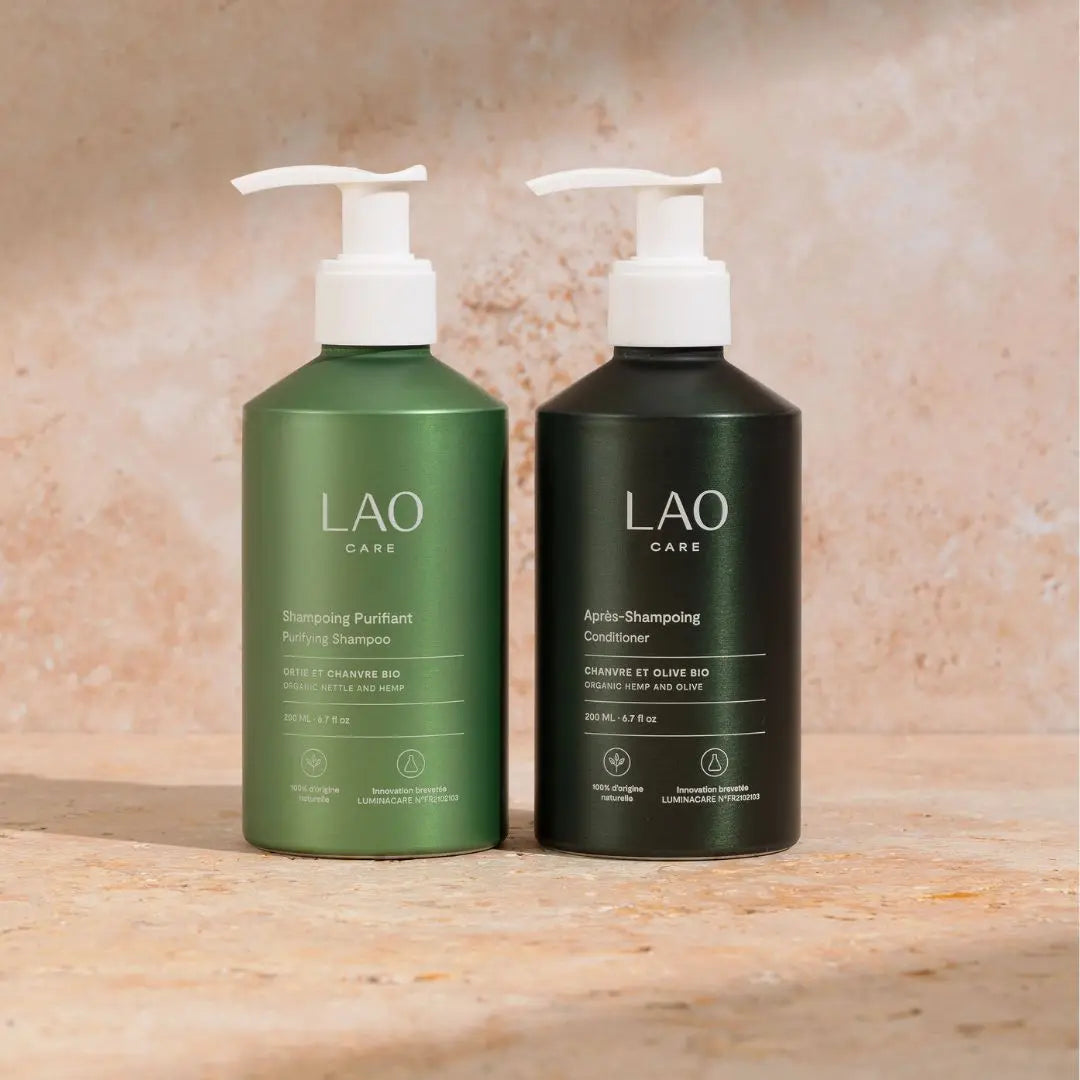
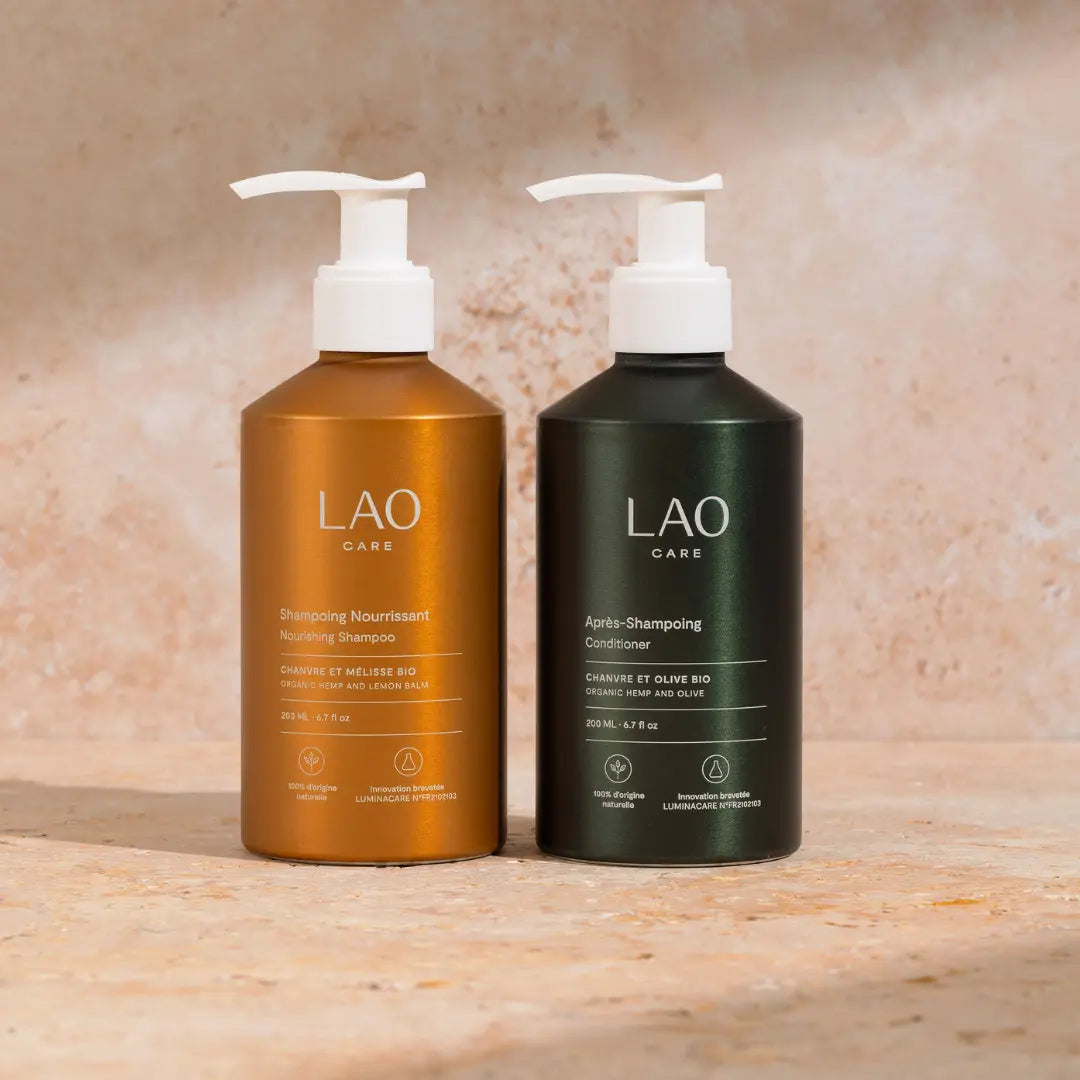
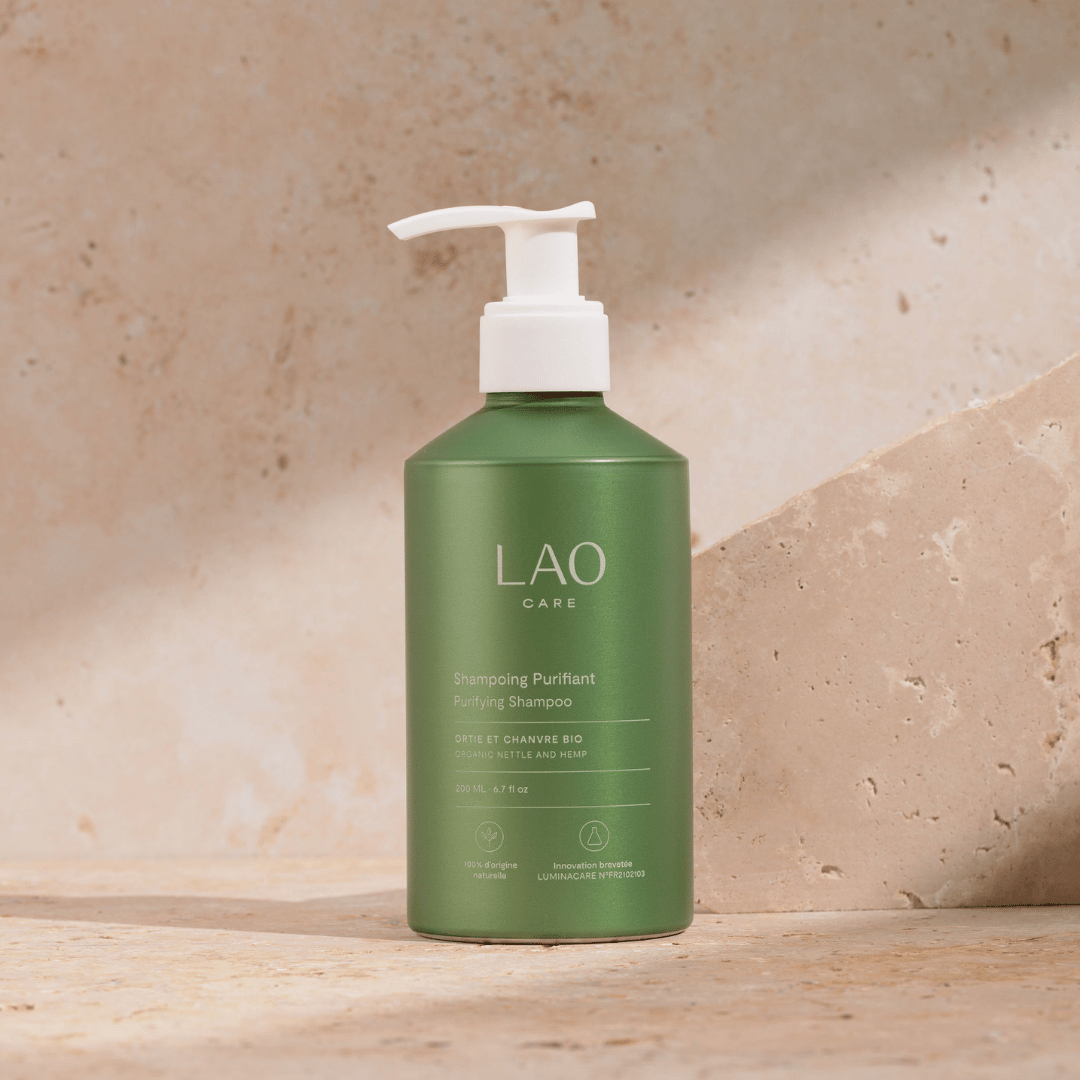
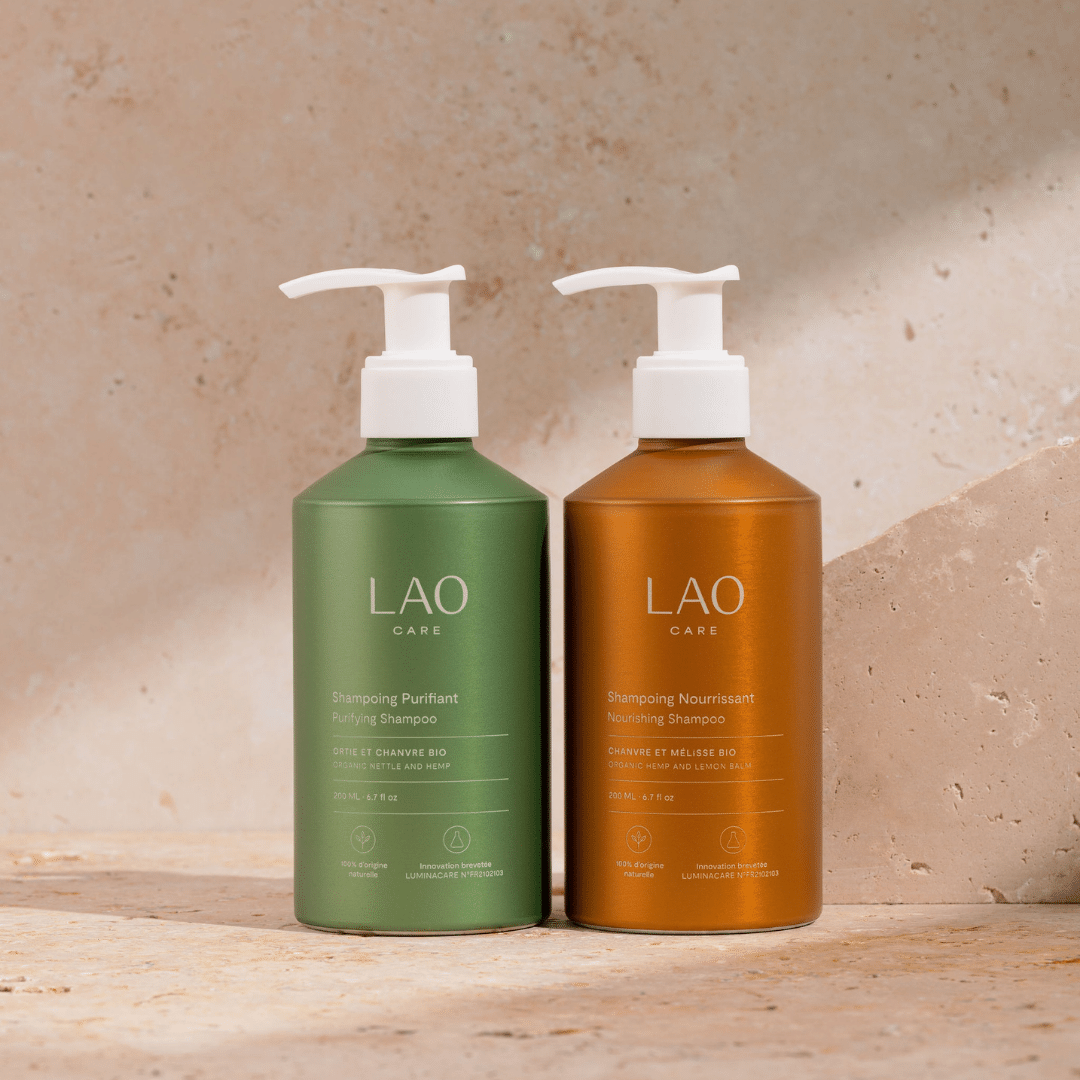


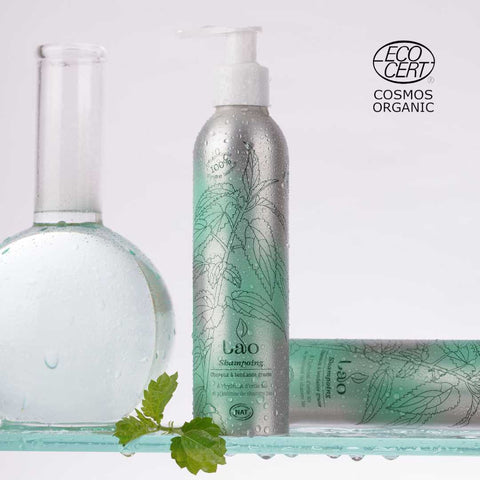
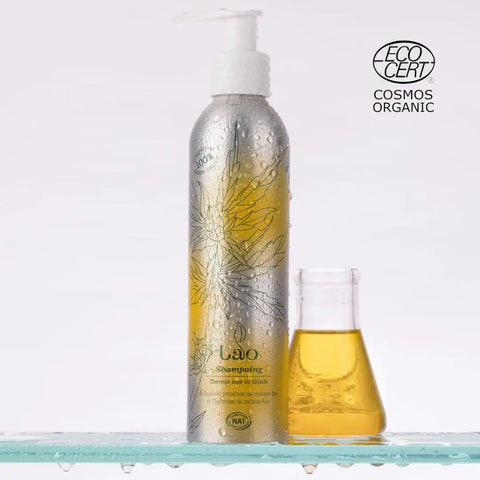
Leave a comment